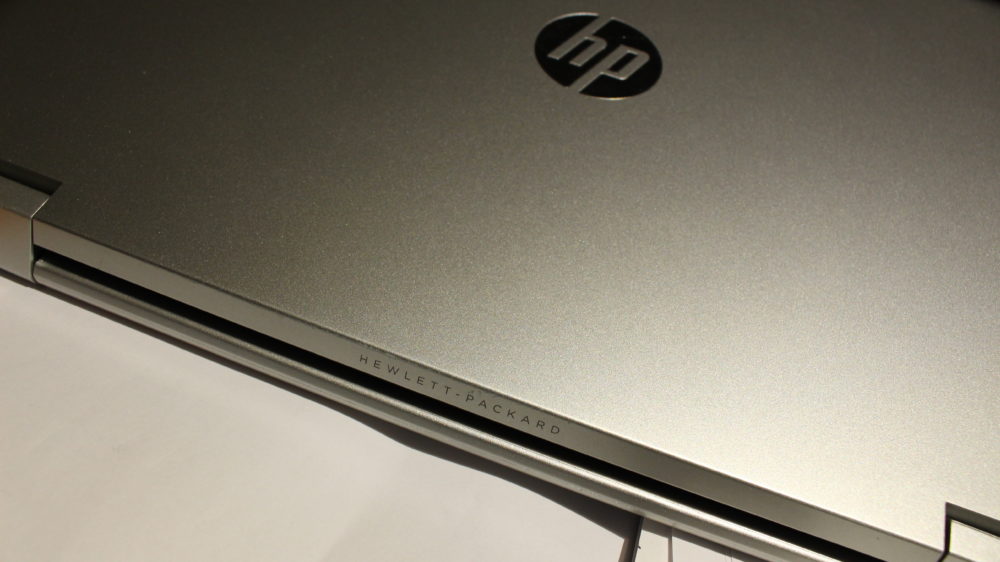Apple is steadily accumulating the raw parts of what will soon be assembled to present us with the next-gen iPhone 8. Today, we have received word that Cupertino’s primary chipmaker Taiwan Semiconductor Manufacturing Company (TSMC) has finally commenced the production of A11 processors.
These chips are Apple’s latest and greatest chips that’ll power the iPhone 8, scheduled to launch in fall later this very year. TSMC is the sole supplier of these silicon processors for the Cupertino giant. As always, it has designed the A11 chips based on its proprietary specs and has passed on the same to third-party chipmakers to fabricate them. The A11 chip is expected to be the most powerful and robust custom CPU designs of the year, reports DigiTimes.
Much like every alternate year, Apple is known to debut the upgraded ‘S’ series iPhone 7 lineup in the coming months. But, this being the 10th anniversary year of the iPhone, the Cupertino is also expected to break the pattern and debut a completely overhauled device to celebrate the occasion. The new device is currently being termed as the iPhone 8 and will be the primary consumer of the A11 chips being produced by TSMC.
Since Apple is building an upgraded processor for this year’s highlight — the iPhone 8, there is also the possibility that A11 chips would find their way into the spec-bumped iPhone 7s and 7s Plus. The rumor mill has been divided on this front but we’d love to see updated internals in the S series, as well as the next three iPads (new 9.7-inch, 10.5-inch, and 12.9-inch variants) as well. The latter is rather far reaching but one can definitely dream.
There is no hiding the fact that Apple’s primary silicon supplier had been plagued with production issues for quite some time. The said problems have now all been resolved and the chip production is on track for a release very soon. Further talking about the production setup, DigiTimes reports,
TSMC has begun 10nm chip production for Apple’s next-generation iPhone 8 series, the sources said. Production was once affected by issues involving stacking components in the backend integrated fan-out packaging process, but they have already been solved, the sources said.
As for the internal specifications of the iPhone 8, the rumor mill suggests that Apple is now picking an OLED display (with TrueTone capabilities) in favor of the current Retina display. Cupertino is believed to remove the physical button from the iPhone’s front screen and will also extend the screen to the edges. It is also speculated that Apple could move away from the 16:9 display ratio. The TouchID sensor is expected to be moved to the back of the device, which includes a vertical dual-lens setup with AR camera features, as well as wireless charging.
The Tech Portal is published by Blue Box Media Private Limited. Our investors have no influence over our reporting. Read our full Ownership and Funding Disclosure →






